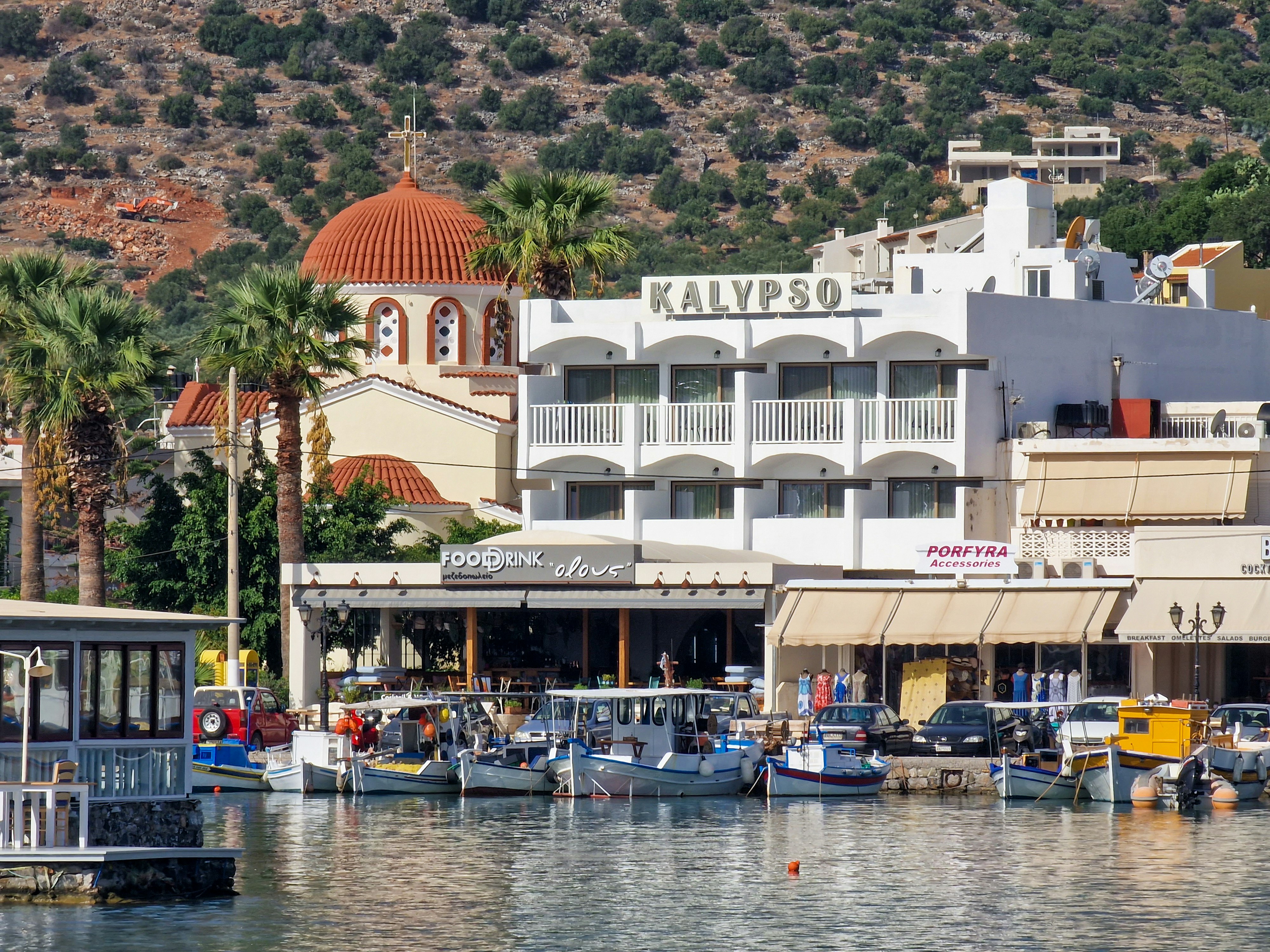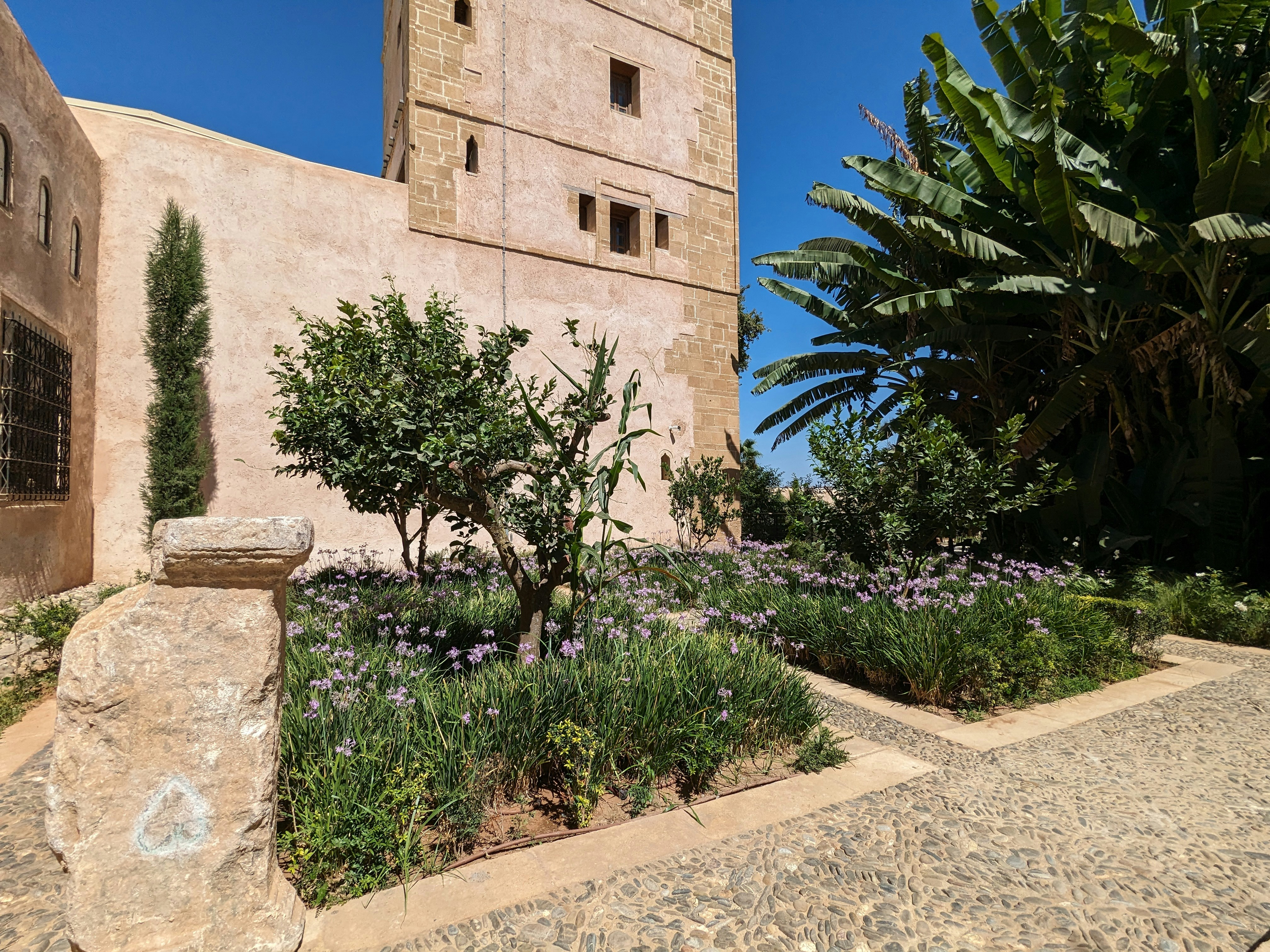Introduction to Split
Split, the second-largest city in Croatia, lies along the picturesque Adriatic coast. It serves as the economic and cultural hub of the Dalmatian region, showcasing a unique blend of historical depth and modern vibrancy. The city’s geographical significance cannot be overstated; it is positioned at the crossroads of various Mediterranean trade routes, an aspect that has profoundly influenced its development over the centuries.
Historically, Split dates back to the Roman Empire, with its heritage vividly encapsulated in the well-preserved Diocletian’s Palace, a UNESCO World Heritage site that forms the heart of the city. Initially built as a retirement residence for the Emperor Diocletian in the 4th century AD, this extraordinary palace complex is a testament to ancient architectural prowess and provides insight into the lives of early Roman citizens. The remnants of this historic monument coalesce with contemporary structures, giving Split a distinctive character where ancient and modern coexist harmoniously.
The cultural significance of Split encompasses a rich tapestry of traditions, art, and gastronomy. Visitors can enjoy a wide array of events throughout the year, reflecting the city’s vibrant lifestyle. From music festivals to culinary fairs, there is an element of excitement that permeates the atmosphere, making it a welcoming and lively destination for tourists from all over the world. The stunning coastal views and lovely waterfront promenade, known as the Riva, further enhance the charm of this gem, providing a perfect backdrop for leisurely strolls and social interactions.
In addition to its archaeological treasures and lively ambiance, Split captivates with its friendly locals and diverse cultural scene, making it a suitable destination for travelers seeking both relaxation and adventure. The harmonious blend of rich history, modern amenities, and natural beauty renders Split an unparalleled gem on the Croatian coastline.
Historical Landmarks and Attractions
Split, one of Croatia’s most treasured cities, boasts a range of historical landmarks and attractions that reflect its rich and varied past. Among these, Diocletian’s Palace stands out as a remarkable UNESCO World Heritage Site. Built in the 4th century for the Roman Emperor Diocletian, this architectural marvel is not only a testament to Roman engineering but also a vibrant hub of contemporary life. Visitors can traverse the palace’s ancient walls and explore its intricate structures, including temples, courtyards, and living quarters that have been preserved over the centuries. Guided tours are available, offering insightful narratives on the historical significance of each area within the complex.
Another key attraction is the Cathedral of Saint Domnius, originally erected as a mausoleum for Emperor Diocletian. This cathedral, featuring a blend of Romanesque and Gothic architectural styles, is one of the oldest Christian structures still in use today. Climbing the bell tower rewards visitors with panoramic views of the city and its surrounding coastline, making it a must-visit for those seeking both history and stunning vistas. The interior is equally impressive, with its beautifully crafted altar and intricate artwork that highlight the city’s spiritual heritage.
The Riva promenade, a vibrant waterfront area, symbolizes the modern face of Split while being steeped in history. Lined with cafes, shops, and palm trees, it provides a scenic spot for relaxation and people-watching. Visitors often enjoy strolling along the promenade, soaking in the lively atmosphere and picturesque views of the harbor. For an optimal experience, it is advisable to explore these attractions during off-peak hours to avoid large crowds and fully appreciate the historical significance and architectural beauty that make Split a unique destination.
Local Culture and Cuisine
Split, a coastal city in Croatia, is rich in cultural heritage, showcasing a captivating array of traditions, festivals, and artistic expressions. The city’s history is reflected in its vibrant arts scene, which includes theater, music, and visual arts, making it a hub for local creativity. One of the most notable events in Split is the annual Split Summer Festival, where various performances take place across the historic sites of the city, attracting both locals and tourists. The festival encapsulates the essence of Croatian culture, celebrating its age-old traditions through art and music.
The culinary landscape of Split further reflects its rich history and cultural diversity. Traditional Croatian dishes are deeply embedded in the local lifestyle, often using fresh, locally sourced ingredients. Visitors to Split can savor iconic meals such as ‘pašticada,’ a slowly braised beef dish, or ‘sarma,’ cabbage rolls stuffed with meat and rice. Seafood is integral to the cuisine as well, with dishes like ‘brodet,’ a fish stew that highlights the flavors of the Adriatic. To fully experience authentic Split cuisine, travelers should visit local restaurants like ‘Konoba Matejuška’ or ‘Restaurant Dvor,’ where gastronomic delights are served in a welcoming ambiance.
Food plays a vital role in both daily life and significant local celebrations. Festivities such as St. Domnius Day showcase traditional recipes, illustrative of the community’s culinary heritage. Sharing meals during these celebrations fosters a sense of unity and belonging among residents. Overall, the blend of cultural practices and a rich culinary scene defines Split, inviting visitors to not only witness but also partake in the vibrant local lifestyle that nurtures creativity and community spirit.
Exploring the Surroundings: Day Trips from Split
Split is not only a captivating city in its own right, but it also serves as a splendid base for various day trips to explore the exquisite beauty of Croatia’s surrounding attractions. One of the most popular nearby destinations is the famous town of Trogir, located merely 30 kilometers west of Split. Trogir is a UNESCO World Heritage Site, celebrated for its well-preserved medieval architecture and stunning waterfront promenade. Visitors can easily explore the historic sites, such as the Cathedral of St. Lawrence and the Kamerlengo Fortress, while enjoying local culinary delights at charming cafés along the waterfront.
Another excellent choice is the remarkable Krka National Park, situated approximately 80 kilometers from Split. This national park is renowned for its incredible waterfalls, crystal-clear rivers, and lush greenery. The most iconic feature, Skradinski Buk, is a series of cascading waterfalls that create picturesque swimming spots and offer fantastic photo opportunities. A visit to Krka can entail scenic walks along well-marked trails, boat rides to the park’s islands, and an immersive experience in Croatia’s natural beauty. Transportation from Split to Krka is easily accessible via organized tours, buses, or personal vehicles.
To conclude your day trips, consider the beautiful beaches of Kaštela, a charming coastal region only about 20 kilometers from Split. Renowned for its stunning seascapes and tranquil ambiance, Kaštela comprises a series of seven small towns, each boasting its unique character and history. Relaxing by the beach, indulging in water sports, or simply strolling along the promenade are just a few pursuits available in Kaštela. Each of these destinations enriches your overall experience in Split, revealing more of Croatia’s vibrant culture and breathtaking landscapes, making your journey truly unforgettable.


